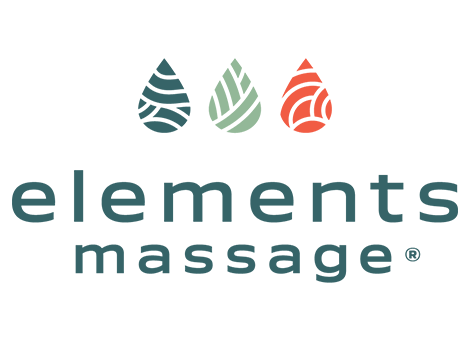Swelling, or edema, is the accumulation of fluid in the body's tissues, often resulting from inflammation, injury, or health conditions such as heart disease or lymphedema. It can cause discomfort, pain, and restricted movement, significantly impacting an individual's quality of life. Massage therapy has been recognized for its potential to effectively reduce swelling by promoting fluid movement and enhancing the body's natural mechanisms for managing fluid balance.
Mechanisms Through Which Massage Therapy Reduces Swelling
-
Stimulation of the Lymphatic System: The lymphatic system plays a crucial role in maintaining fluid balance in the body and removing waste products. Massage techniques, especially those tailored for lymphatic drainage, can stimulate the flow of lymph, helping to reduce the accumulation of fluids in tissues and decrease swelling (Field, 2016).
-
Enhanced Circulation: Improved blood circulation is another significant benefit of massage therapy. By enhancing circulation, massage can facilitate the removal of excess fluid and waste products from affected areas, contributing to the reduction of swelling (Crane et al., 2012).
-
Reduced Muscle Tension: Swelling can sometimes result from or be exacerbated by tense muscles that restrict natural fluid movement. Massage therapy helps relax tight muscles, thereby alleviating pressure on surrounding tissues and allowing fluids to move more freely, reducing swelling (Field, 2014).
-
Decrease in Inflammatory Responses: Chronic inflammation can contribute to swelling by increasing vascular permeability and fluid accumulation in tissues. Massage therapy has been shown to decrease the production of cytokines, which are pro-inflammatory molecules, thereby potentially reducing inflammation-induced swelling (Rapaport et al., 2010).
Scientific Evidence on Massage and Swelling Reduction
Several studies have illustrated the effectiveness of massage therapy in reducing swelling. For instance, a study by Kim et al. (2015) found that breast cancer survivors who received manual lymphatic drainage massage experienced significant reductions in arm lymphedema, a common type of swelling post-cancer treatment.
Another study by Torres-Lacomba et al. (2009) concluded that women with breast cancer-related lymphedema who underwent a specific massage therapy program showed notable improvements in lymphedema reduction and limb volume.
Conclusion
Massage therapy, through its multifaceted approach involving the stimulation of the lymphatic system, enhancement of circulation, relaxation of muscle tension, and reduction of inflammation, can significantly contribute to the reduction of swelling. Whether the swelling is due to injury, surgery, or chronic health conditions, incorporating massage therapy into treatment plans can offer a non-invasive and therapeutic option to manage and alleviate symptoms. Continued research and clinical practice will further elucidate the most effective massage techniques for swelling reduction, optimizing therapeutic outcomes for affected individuals.
References
- Crane, J. D., Ogborn, D. I., Cupido, C., Melov, S., Hubbard, A., Bourgeois, J. M., & Tarnopolsky, M. A. (2012). Massage therapy attenuates inflammatory signaling after exercise-induced muscle damage. Science Translational Medicine, 4(119), 119ra13.
- Field, T. (2014). Massage therapy research review. Complementary Therapies in Clinical Practice, 20(4), 224-229.
- Field, T. (2016). Massage therapy research review. Complementary Therapies in Clinical Practice, 24, 19-31.
- Kim, S. J., Kwon, O. Y., & Yi, C. H. (2015). Effects of manual lymphatic drainage on breast cancer-related lymphedema: A systematic review and meta-analysis of randomized controlled trials. World Journal of Surgical Oncology, 13, 55.
- Rapaport, M. H., Schettler, P., & Bresee, C. (2010). A preliminary study of the effects of a single session of Swedish massage on hypothalamic–pituitary–adrenal and immune function in normal individuals. The Journal of Alternative and Complementary Medicine, 16(10), 1079-1088.
- Torres-Lacomba, M., Mayoral-del Moral, O., Coperias-Zazo, J. L., Yuste-Sánchez, M. J., Ferrandez, J. C., & Zapico-Goñi, Á. (2009). Effectiveness of early physiotherapy to prevent lymphoedema after surgery for breast cancer: Randomised, single blinded, clinical trial. BMJ, 338, b539.

